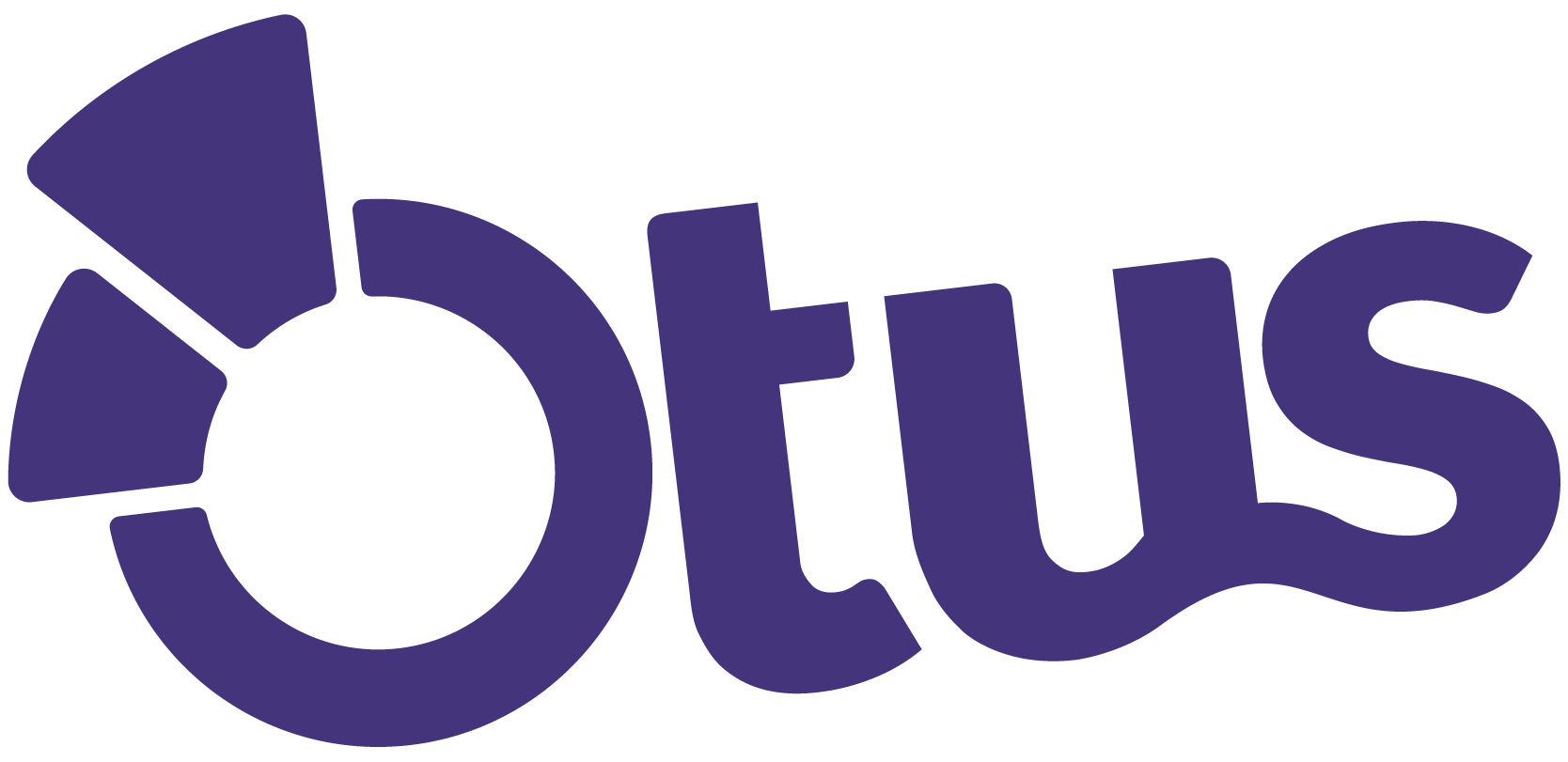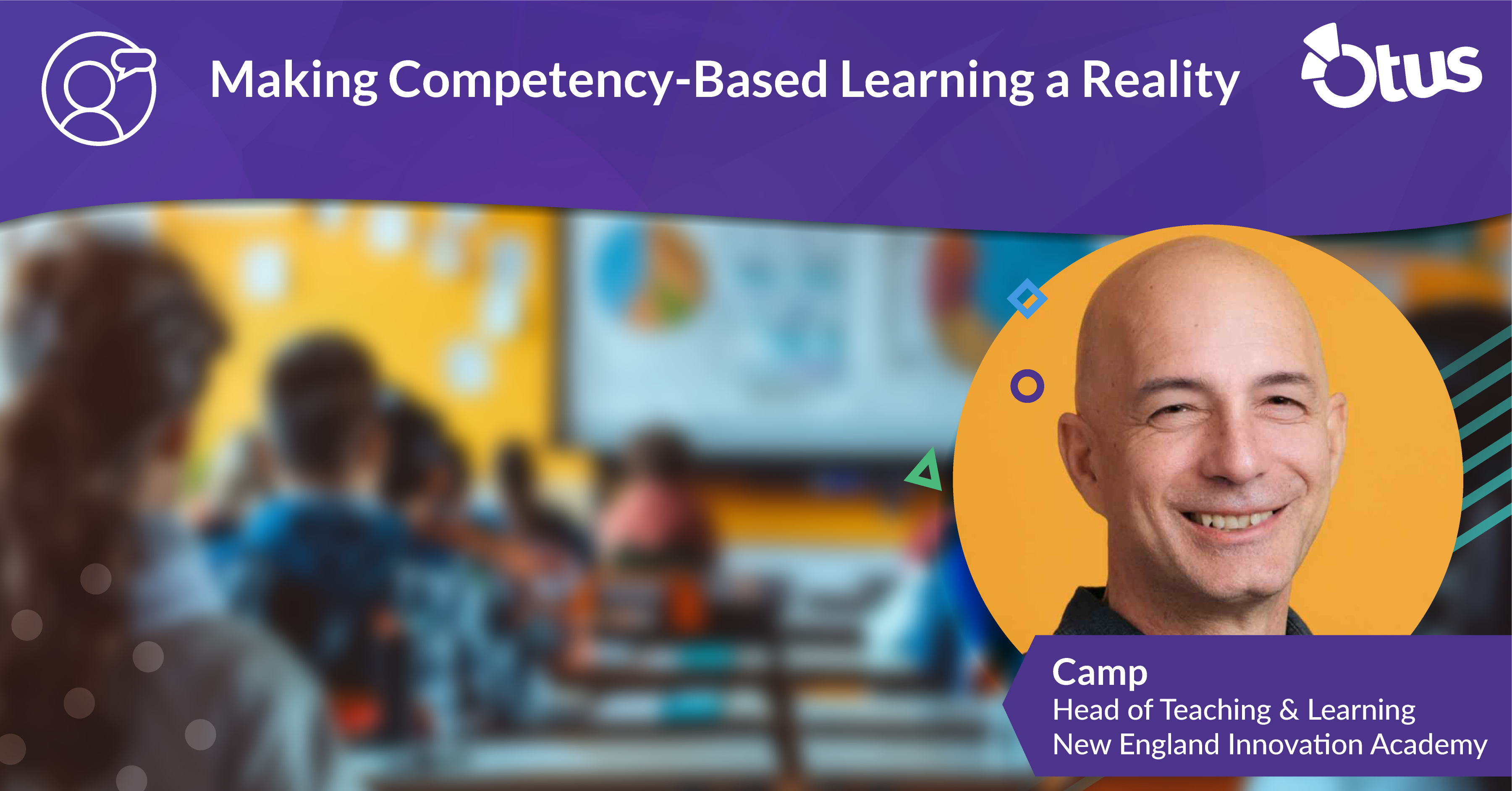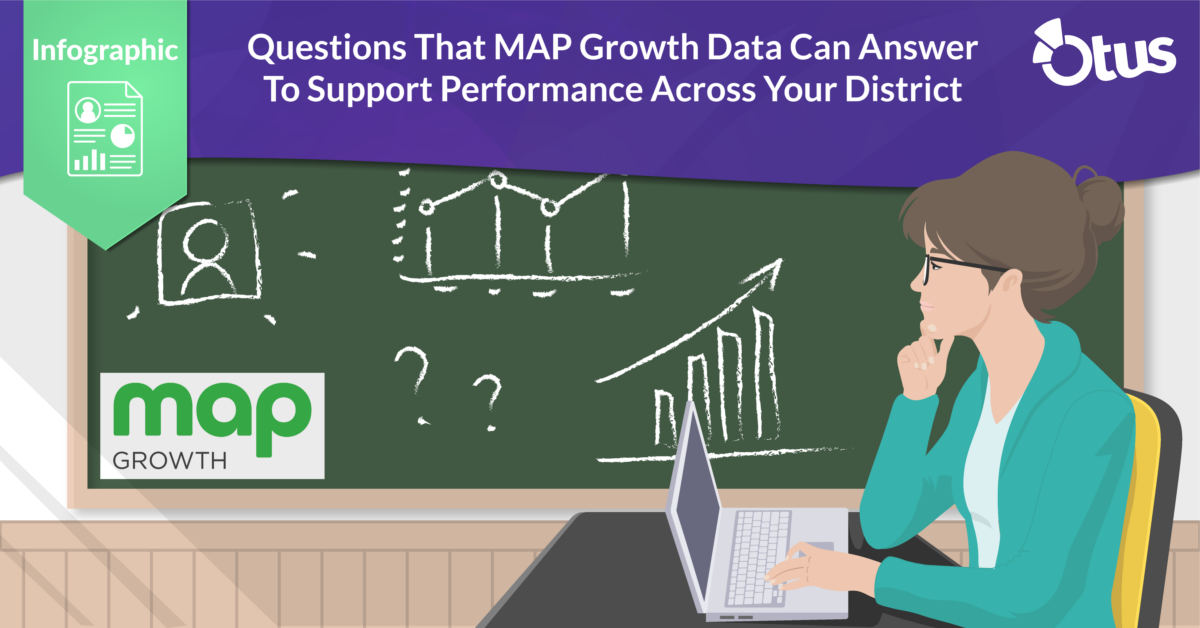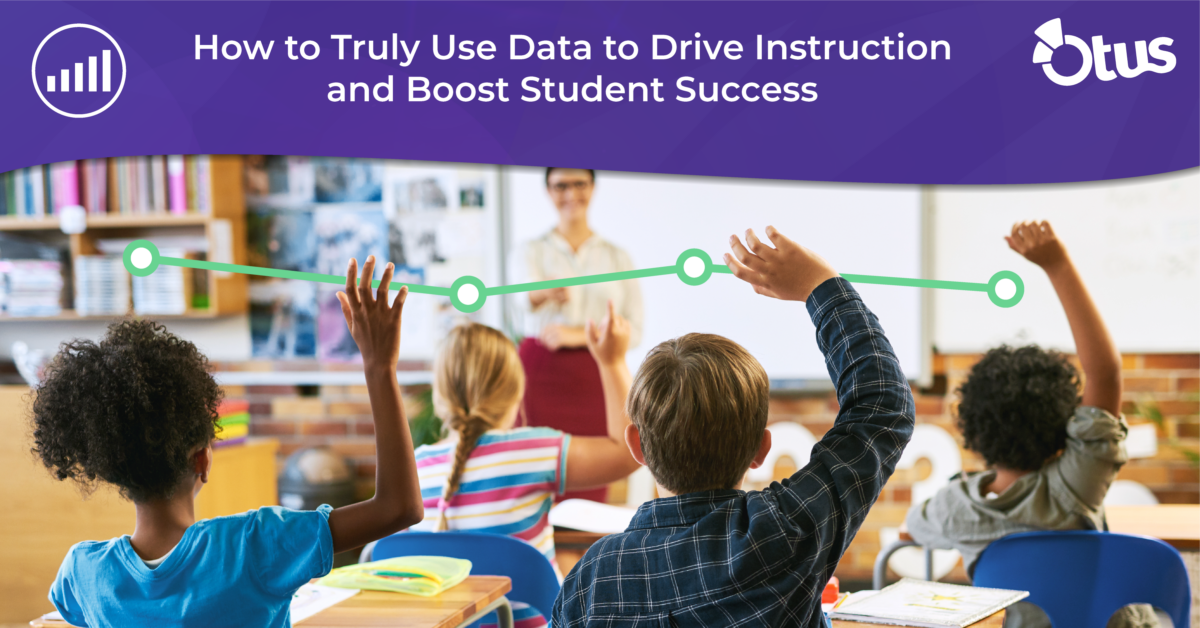As an educator, you’re intimately familiar with the standardized testing debate. Whether you’re for or against standardized tests, you know they are a significant aspect of the American K-12 education system.
People have debated standardized testing since the Elementary and Secondary Education Act was passed in 1965. More than fifty years later, the debate is not slowing down. In fact, implementation of the Common Core State Standards (fully implemented in 2014-2015) has fueled discussion, decision-making, and action. In this article, we discuss the pros, cons, and future of standardized testing.
The Pros and Cons of Standardized Testing
Cons of Standardized Testing
Veteran Florida educator, Marion Brady, outlines 34 problems with standardized tests. Here are a few negative effects of standardized testing:
- Commercially produced, machine-scored standardized tests are unavoidably biased by social class, ethnic, regional, and other cultural differences.
- Standardized tests limit a teacher’s ability to adapt to learner differences.
- Federally mandated, standardized tests reduce teacher creativity, neglect music and art, and waste the creative potential of human variability.
A large population of educators and parents strongly agree with Brady in their opposition to standardized testing.
Parental disapproval is evidenced by the recent national testing opt-out movement, a movement where students refuse to take mandated tests. According to The National Center for Fair and Open Testing, more than 675,000 students opted out of state tests in the U.S. in 2015.
Pros of Standardized Testing
At the same time, arguments are made in support of standardized testing. They claimed standardized testing is important because it can give students accountability for their learning, enforce important learning skills, and give the government information on how the education system is performing.
Latasha Gandy, the Minnesota Program Director for Students for Education Reform (SFER), says, “Thanks to standardized test results, we can see whether a child is at grade level and how he or she is performing relative to other children in the next class, across town, and around the country.” The quantitative data from standardized tests can help identify problem areas in individual students, schools, and curriculums.
The Future of Standardized Testing
As technology improves and the Educational Technology (EdTech) industry advances, education in the U.S. will change. A 2018 article discusses how psychometricians, or the mathematicians who design tests and build complex grading algorithms, assess fairness and attempt to control bias.
This EdTech shift is already evidenced by the use of technology for teacher-parent communication and the integration of digital formative assessment tools in the classroom (think: online quizzes and message boards). New technology in the classroom is changing the way we view standardized testing in particular and learning assessment in general.
Whichever side you’re on, you can be assured that changes in the EdTech space will inevitably impact the future of standardized testing, the classroom, and student learning as a whole.
Otus is one K-12 learning platform to teach, grade, analyze, and plan. Interested in bringing Otus to your school community? Request a demo below, and let’s chat.




